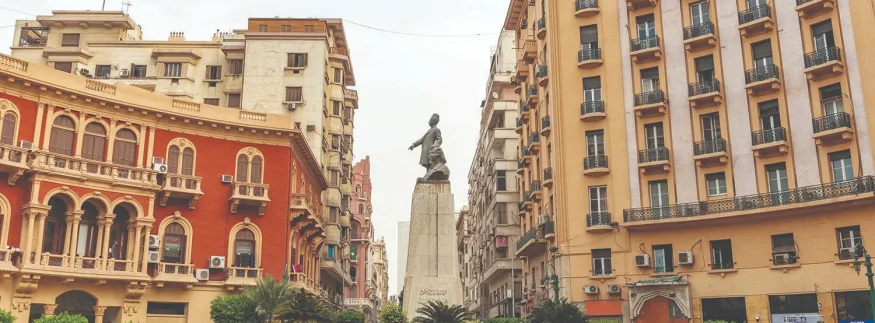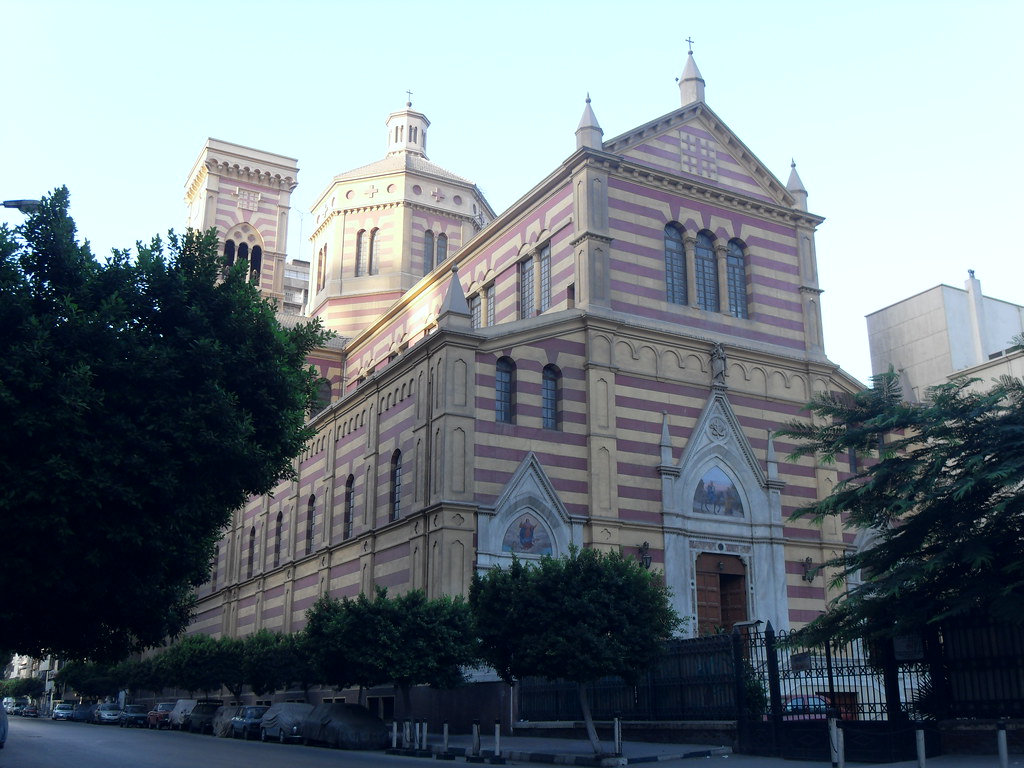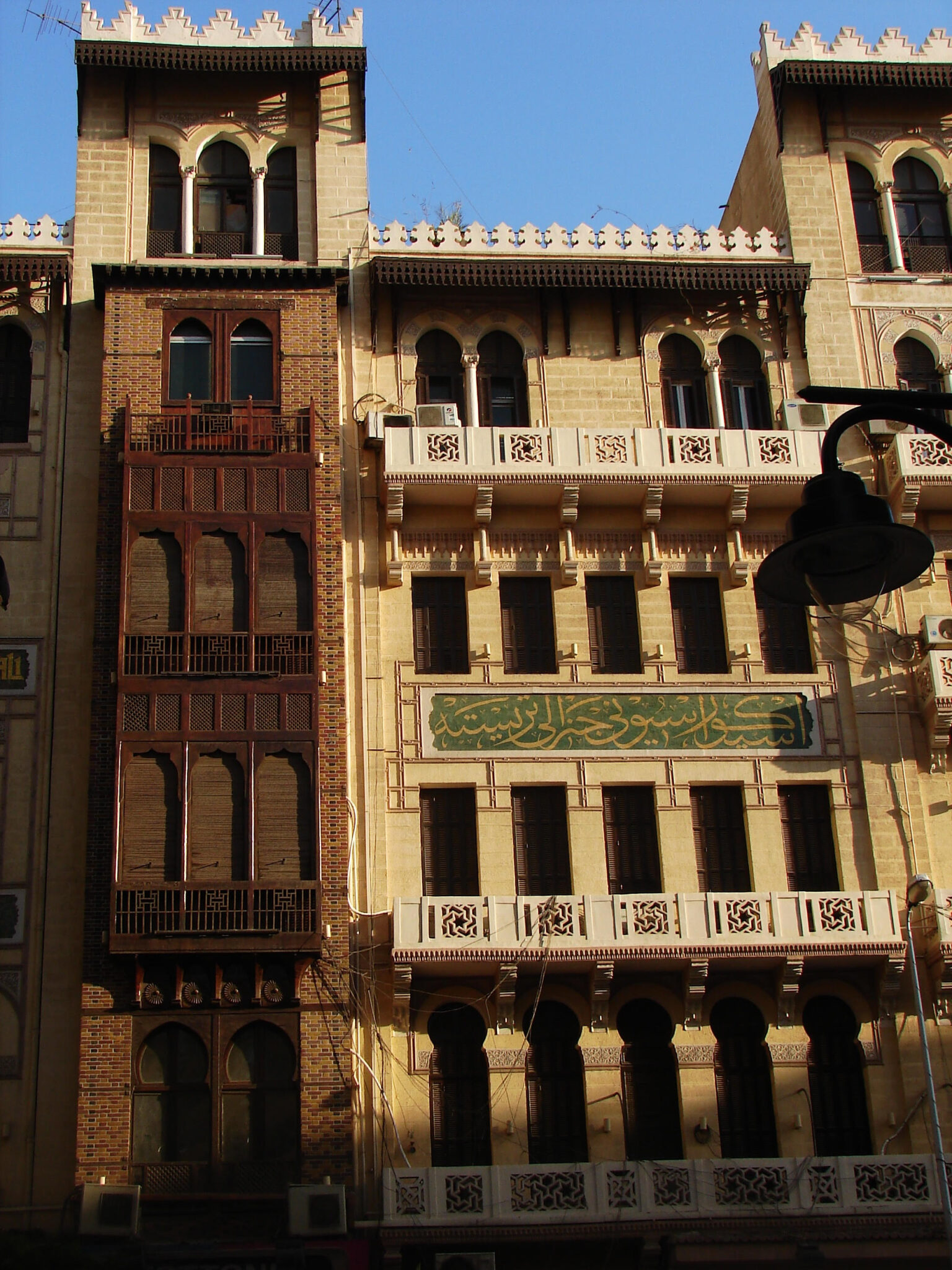
Safy Allam
Image via tahrirculturefest
Downtown Cairo, known as Wust al-Balad, is not just a bustling urban hub; it’s a living museum of architectural brilliance. Walking through its streets feels like stepping into a time capsule where European charm meets Egyptian flair. Among the many influences that shaped its skyline, Italian architecture stands out as a storyteller of splendour and innovation.
The transformation began during the reign of Khedive Ismail in the 19th century, a ruler captivated by the grandeur of European cities like Paris and Rome. Determined to infuse Cairo with the same elegance, he invited Italian architects to craft a cityscape that combined European sophistication with local identity. What emerged was a unique blend that still captures hearts today.
Sednaoui Department Store – Beaux-Arts Style
![]()
Image via vymaps
One of the most striking examples of Italian brilliance is the Sednaoui Department Store. Built in the 1920s, this Beaux-Arts masterpiece boasted ornate facades and modern marvels like elevators, a rarity at the time. Imagine the awe of shoppers entering a space where European elegance met Egyptian dynamism, a true symbol of progress and luxury.
Royal Automobile Club – Italian Neo-Renaissance Style
Image via researchgate
Another gem is the Royal Automobile Club, a building that blends Italian Neo-Renaissance aesthetics with traditional Islamic motifs. Its Fatimid-inspired keel arches and intricate sunburst patterns create an enchanting dance between the old and new. It’s as if the building whispers tales of Italy’s architectural magnificence mingling with Cairo’s rich history.
Church of Saint Joseph – Romanesque Style

Image via flickr
Then there’s the Church of Saint Joseph, a serene Romanesque structure brought to life by Aristide Leonori in 1909. Its Florentine details, tall arches, and warm-toned stone give it a distinctly Italian aura while perfectly complementing its Cairo surroundings. This church served as a spiritual sanctuary and a cultural bridge between the Italian and Egyptian communities.

Image via wataninet
But what truly makes Downtown Cairo fascinating is how these buildings aren’t just historical monuments but living narratives. The blend of Beaux-Arts columns, Neo-Renaissance domes, and Islamic-inspired mashrabiya screens is more than architectural artistry; it’s a testament to Cairo’s openness to cultural fusion.
Downtown Preservations
Image via wataninet
Today, the charm of Italian-inspired Downtown Cairo remains a source of pride and nostalgia. Efforts to preserve these structures, like exhibitions showcasing the work of Italian architects in Egypt, highlight their significance. Each stone, arch, and facade holds a story of collaboration, ambition, and beauty that resonates across generations.
Exploring Downtown Cairo is like unravelling a beautifully written tale where every building has a character of its own. It’s a story of how Italian design brought European elegance to Egypt, weaving a cultural and architectural legacy that continues to enchant locals and visitors. So, next time you stroll through Wust al-Balad, let your imagination run wild. Picture the Italian architects sketching their dreams and the Egyptians bringing them to life, crafting a cityscape that remains a masterpiece of cultural harmony.
recommended
 Cafés
Cafés
Bite Into the Croffle Craze: The Best 5 Spots to Try Croffles in Cairo
cafes cairo +2 City Life
City Life




